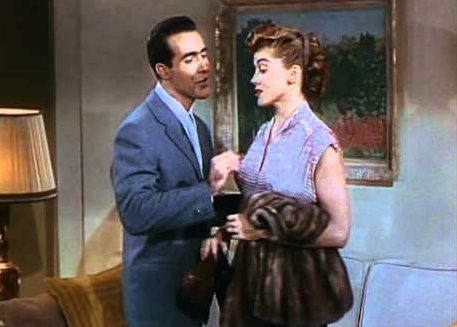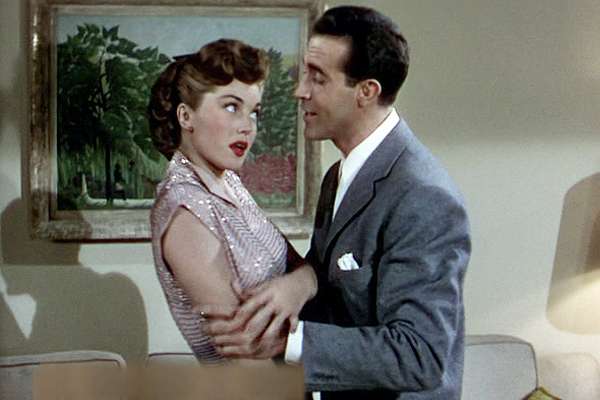Baby, it’s cold outside, cutesy or dubious?
Since it became popular in the ’50s, this song has had about a million renditions. For every performance, every recording, the portrayal is always that of the guy unwaveringly seducing this bashful, wholesome young lady. Back then, people thought it was cute, harmless fun. So harmless, they even let children perform it.
Come the age of politically correct enlightenment, and perception of what once was a charming, funny song is warped to imply the romanticization of rape. Today’s worldview has people reading lines like “Hey, what’s in this drink?” as a reference to roofie or the date rape drug. It has people interpreting the guy’s persistence as a lack of respect for the girl’s choice, for consent.

A Tumblr-turned-Facebook post by a woman named Jessica Whitfield thoughtfully addresses this misconception. In her post, she claims that she’s an English teacher with a special interest in jazz from the ’30s and ’40s. She then explains that while the song may sound a little “rape-y” for us today, it actually features a woman enacting her sexual agency through a stock joke.
Whitfield writes, “See, this woman is staying late, unchaperoned, at a dude’s house. In the 1940s, that’s the kind of thing Good Girls aren’t supposed to do—and she wants people to think she’s a good girl…But she’s having a really good time, and she wants to stay, and so she is excusing her uncharacteristically bold behavior (either to the guy or to herself) by blaming it on the drink—unaware that the drink is actually really weak, maybe not even alcoholic at all. That’s the joke.”
She goes on to say that the song only makes sense in the context of a society in which women are expected to reject men whether they want to or not. If the woman wants to stay, she can only do so by finding a justifiable excuse. That’s what the guy in the song is doing, giving her ammo to use against society.

Whitfield concludes her argument saying, “So it’s not actually a song about rape—in fact, it’s a song about a woman finding a way to exercise sexual agency in a patriarchal society designed to stop her from doing so.”
Bonus fact: In the original performance of the song in The Neptune’s Daughter back in 1949, the song was performed twice with the role of seducer and tempted switched between the man and the woman for the second run.
Photos courtesy of YouTube.com, CupofJo.com, and srudut.com
Read more:
Local songs that will make you miss the ’80s
It’s OK to put up Christmas decorations early
Tour a heritage mansion in Iloilo this Christmas
Writer: ANTHEA REYES




